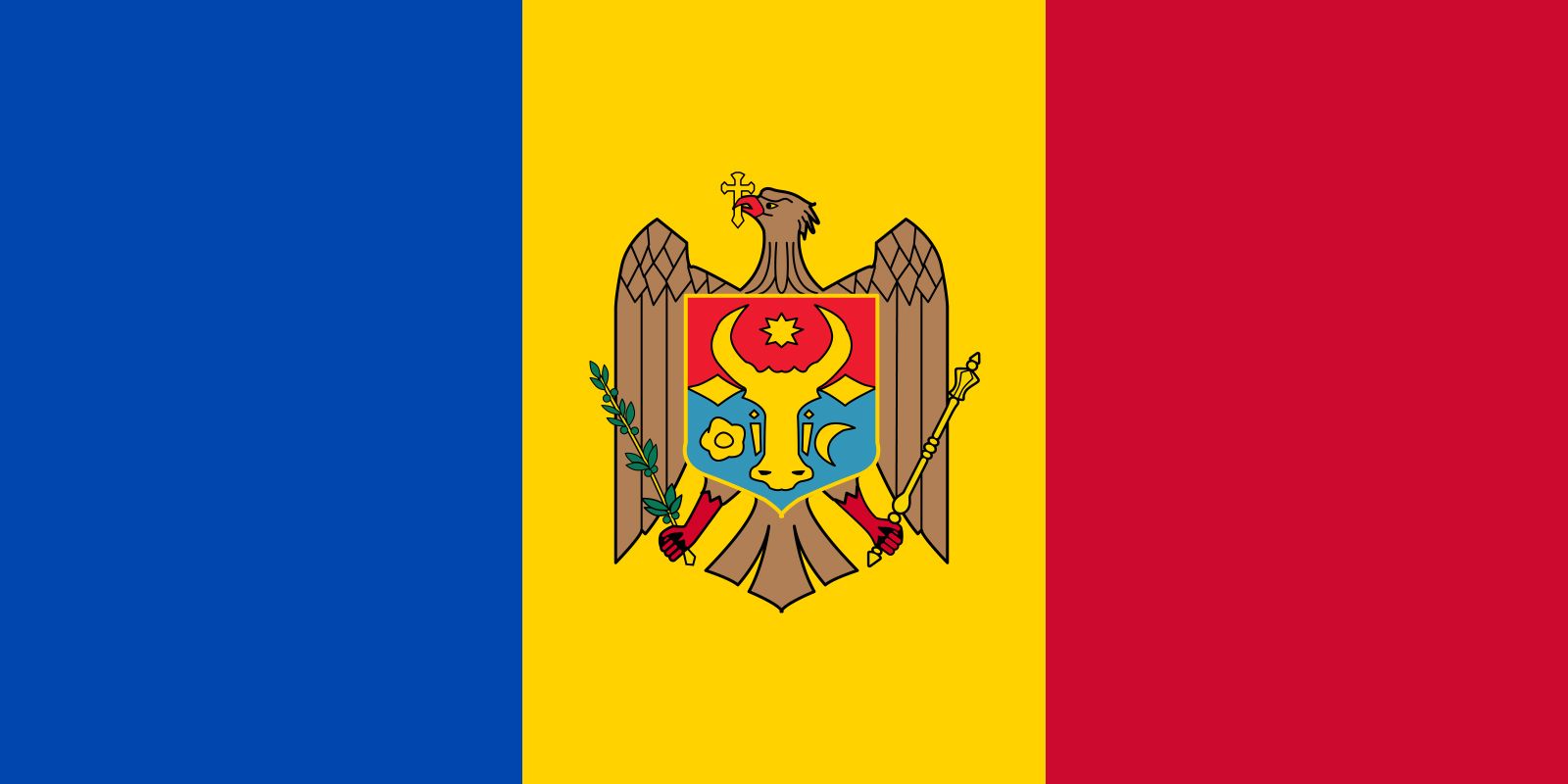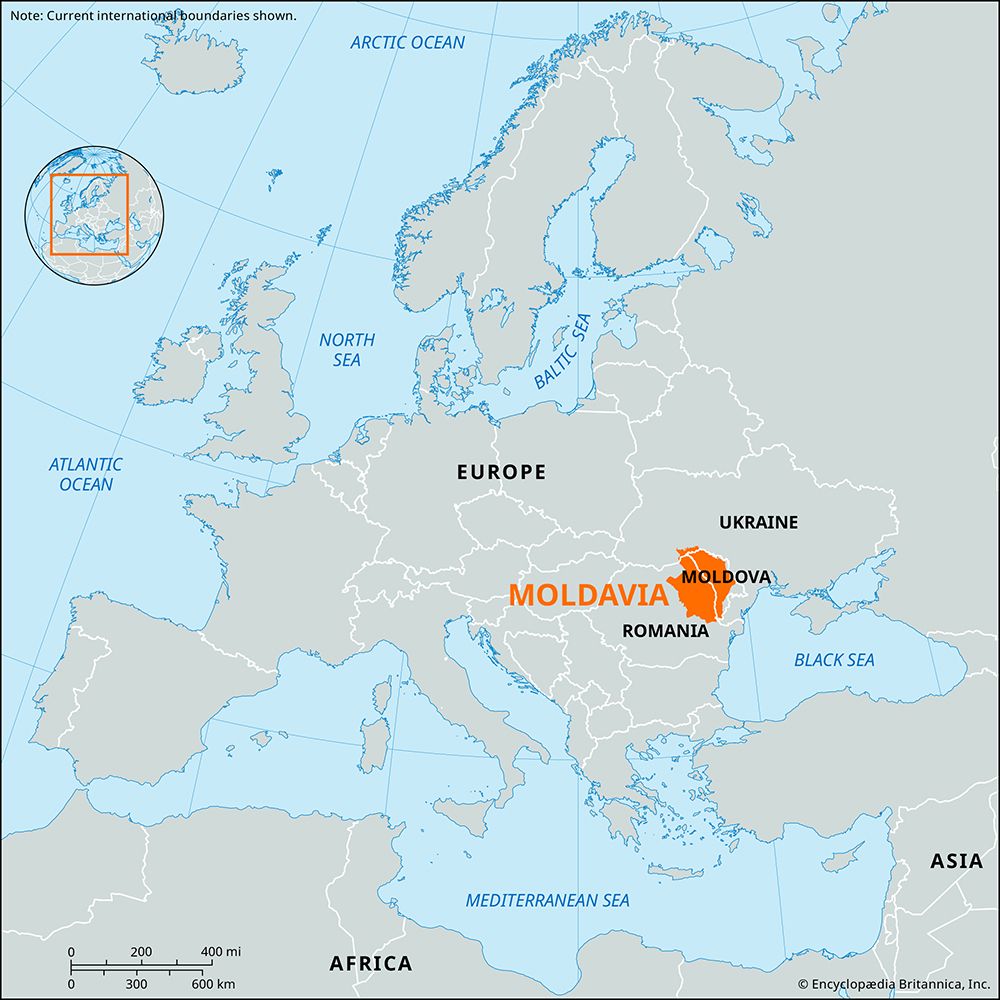Moldavia
- Romanian:
- Moldova
- Turkish:
- Bogdan
Moldavia, principality on the lower Danube River that joined Walachia to form the nation of Romania in 1859. Its name was taken from the Moldova River (now in Romania).
It was founded in the first half of the 14th century by a group of Vlachs, led by Dragoș, who emigrated eastward from Maramureș in the Hungarian-controlled Carpathian Mountains. About 1349 Moldavia achieved its independence under its prince, Bogdan. At its greatest extent, Moldavia included Bessarabia and was bounded on the north and northeast by the Dniester River, on the south by the Black Sea and Dobruja and Walachia, and on the west by Transylvania.
The new principality successfully resisted pressures from Hungary and Poland, and, under Prince Stephen IV the Great (reigned 1457–1504), it also tried to defend its independence against Turkish encroachments. After Stephen’s death, however, his son and successor, Bogdan III the One-Eyed (reigned 1504–17), was compelled to pay tribute to the sultan. By the middle of the 16th century Moldavia had become an autonomous, tribute-paying vassal-state of the Ottoman Empire.

For the next 300 years the principality remained subject to the Turks, except for a few brief periods when Moldavia rejected Turkish domination—e.g., when John the Terrible (reigned 1572–74) rebelled against a demand for higher tribute payments; when Michael the Brave, prince of Walachia, united his principality with Moldavia and Transylvania in 1600; and when Moldavia recognized Polish suzerainty (1601–18). The Turks dominated Moldavia’s markets and often had a decisive voice in selecting its princes; initially the princes came from among the native dynasty but after 1711 from the Phanariotes—i.e., Greeks who had acquired great economic and political power in the Ottoman Empire.
During the 18th century, although Moldavia remained nominally subject to the Ottoman Empire, Russian influence in the principality increased, and the region became a source of contention between the Turks and the Russians, then embroiled in the Russo-Turkish wars. In 1774 Moldavia lost its northwestern territory of Bukovina to Austria; in 1812 it gave up its eastern portion, Bessarabia, to Russia in the Treaty of Bucharest.
Moldavia was relieved of the unpopular Phanariote regime after a revolt in 1821. Under Russia’s guidance, a series of political and economic reforms was initiated, and a constitution, the Règlement Organique, was adopted (1832). Following Russian defeat in the Crimean War (1853–56), Moldavia was reorganized as an autonomous state under Ottoman suzerainty. In 1859, influenced by Romanian nationalism, the ruling assembly of Moldavia voted to unite with Walachia under Prince Alexandru Ion Cuza to form the single state of Romania (formal unity was delayed until 1861).
In 1918 those portions of historic Moldavia east of the Prut River threw off Russian rule and joined Romania. In 1924 the Soviet Union created a Moldavian Autonomous Soviet Socialist Republic on territory east of the Dniester River, within the Ukrainian S.S.R. In 1940 Romania was compelled to cede its territories between the Prut and Dniester rivers back to the Soviet Union, and the former Romanian and Ukrainian regions together became the Moldavian S.S.R. This Soviet republic became the independent nation of Moldova in 1991.











